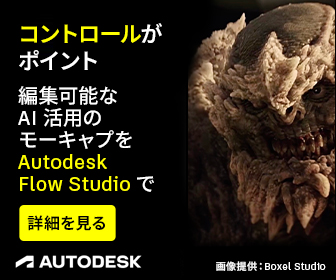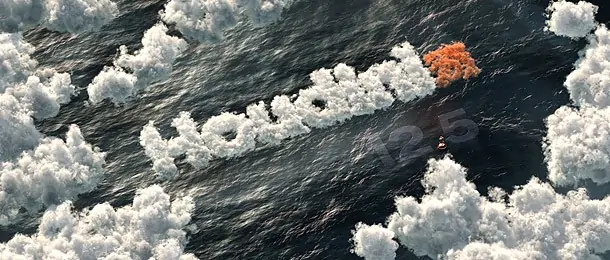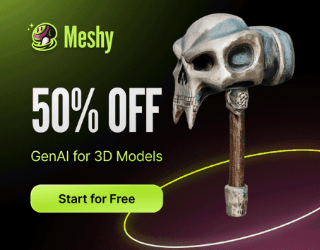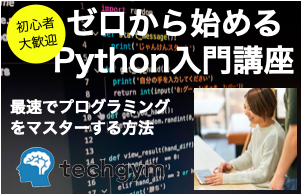Houdini 12.5 リリース! - クラウドFX!オーシャンFX!OpenVDB!ボリュームスカルプトツールも搭載!もう怖いものなし?!
関連記事
-
Blender 2.72 リリース!- ボリュームレンダリングや新UIメニュー「パイメニュー」を搭載!オープンソース3DCGツール最新バージョン!
2014-10-08
-
ArmorPaint - 絶賛開発中!ノードベースのPBR対応3Dテクスチャペイントソフト!
2018-05-17
-
Houdini Engine for Unreal and Unity 無償提供開始!ゲームエンジン内でHoudini Digital Assets(HDA)を活用し放題!
2021-02-26
-
IMVERSE LiveMaker - VR空間内で360°写真をベースに3Dモデリング出来るソフト!パブリックベータテスト中!
2018-10-17















コメント